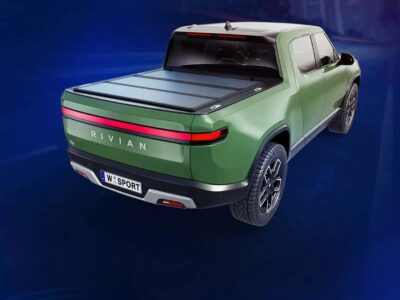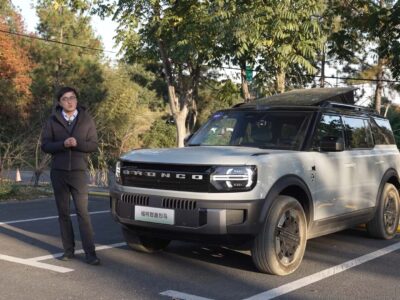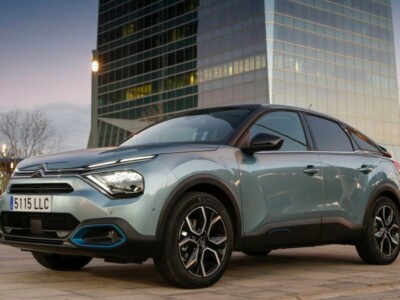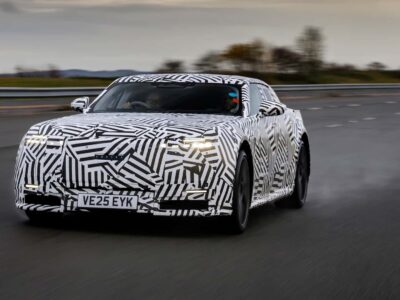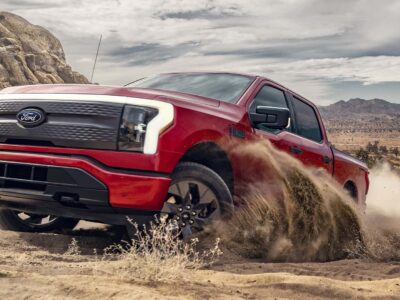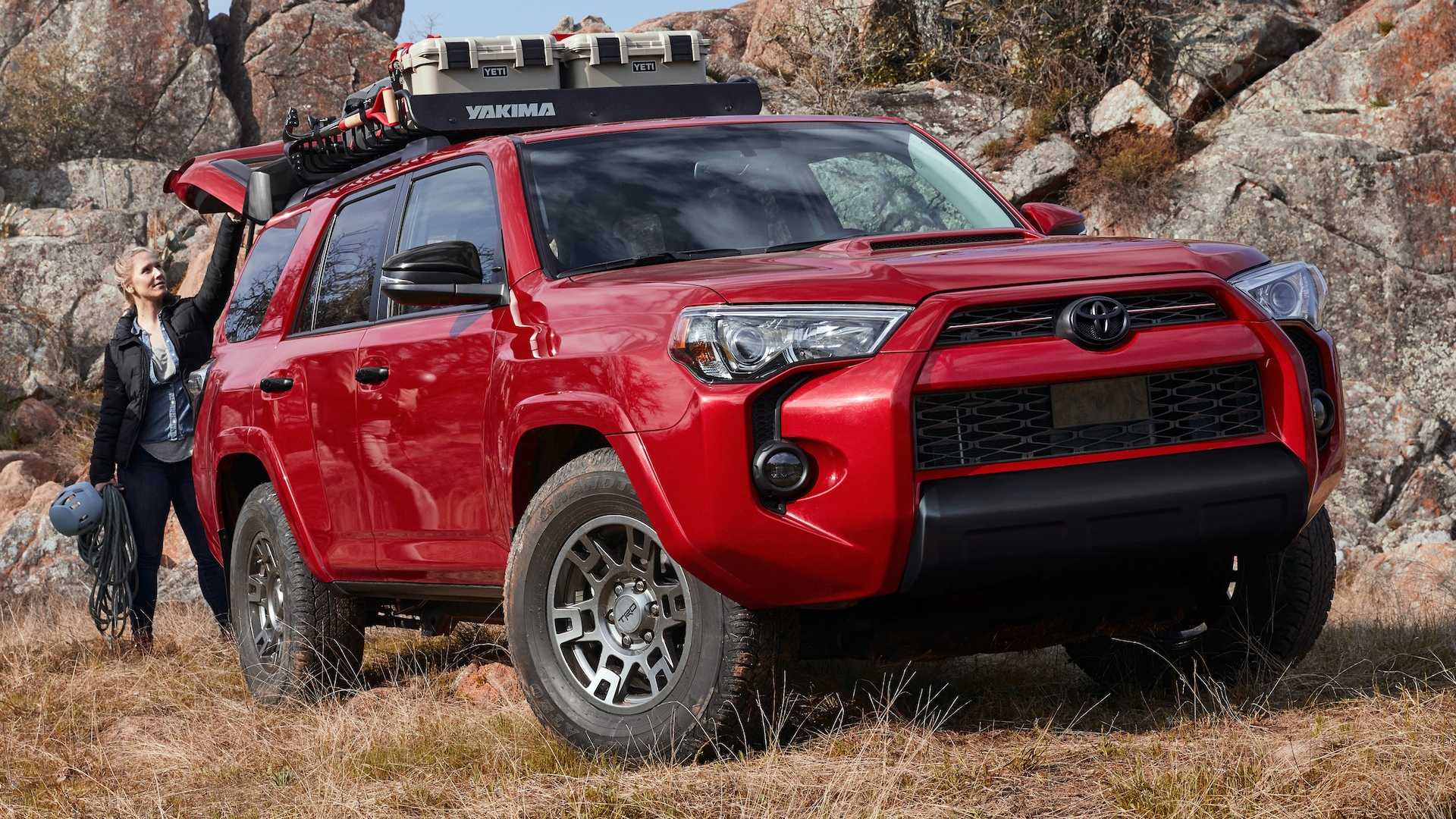
Today, we focus on exploring the incredible history of the Toyota 4Runner, which was launched almost 40 years ago and has been sold as the fifth generation since 2010, achieving numerous successes worldwide.
The 4Runner’s history dates back to 1982 when Toyota decided to release the Hilux Surf model, named 4Runner outside of Japan. In 1984, the first 4Runner (N60) was introduced to the market. However, the company decided to modify the Hilux (N50) instead of developing an entirely new model. The modifications include removing the panel, integrating the rear window behind the front seats, adding rear seats, and a removable fiberglass roof.
The result is a two-door SUV, mechanically very similar to the Toyota Hilux. Among the available engines were four-cylinder 2.4-liter engines with 100 horsepower (originally carbureted, with fuel injection of 116 hp from 1985), a turbocharged 2.0-liter four-cylinder variant, 2.4 liters, and a powerful 3.0 V6 engine, only available in the last year of the model’s life.
In 1989, the second generation was launched, still an SUV based on the chassis and body of the Hilux. However, the new generation is equipped with an integrated body, specially developed for this model. Therefore, a two-door version is provided, and a four-door version is provided for the first time.
On the contrary, the gasoline engine is the same as the previous generation. This is not the case for diesel engines, to which a turbo version with 2.8-liter four-cylinder engines and a 3.0-liter unit is added.
The third generation of the Toyota 4Runner (N180) was launched in 1995. This time, an entirely new chassis and body were developed, although this time it still shares many parts with the Toyota Tacoma (the brand’s larger pickup), including the engine and transmission.
It uses a 2.7-liter gasoline engine, replacing the previous 2.4 liters with 150 horsepower. The 3.0-liter V6 is also replaced, and buyers now find a 3.4-liter V6 with 183 horsepower. There are also diesel engines, especially the 3.0-liter four-cylinder engine that adopted Toyota D-4D technology in 2000.
The Japanese company launched the fourth-generation Toyota 4Runner (N210) in 2002. It is based on the Land Cruiser Prado J120, with significant changes in the chassis and body level. Although it is a pure off-road vehicle, the 4Runner has basic design elements and was launched as a mid-size SUV with the luxurious features of the time but did not give up its off-road performance.
Finally, in 2009, the fifth and current generation Toyota 4Runner (N280) was introduced. This long-lasting model is produced at the Tahara factory in Japan and comes with two-wheel and four-wheel drive systems. Initially, VVT-i 4.0-liter V6 engines and 2.7-liter four-cylinder engines were offered, which were only released in 2010.
In 2013, a restyling was introduced for the first time with a significant aesthetic impact and improvements in the quality of the equipment and materials used. Since that year, all 4Runners have been equipped with a VVT-i 4.0-liter V6 engine with 270 hp and a five-speed automatic transmission.
In 2019, Toyota announced that the 4Runner would receive the Toyota Safety Sense package, a new infotainment system, touchscreen, mobile device compatibility, and more standard equipment.


